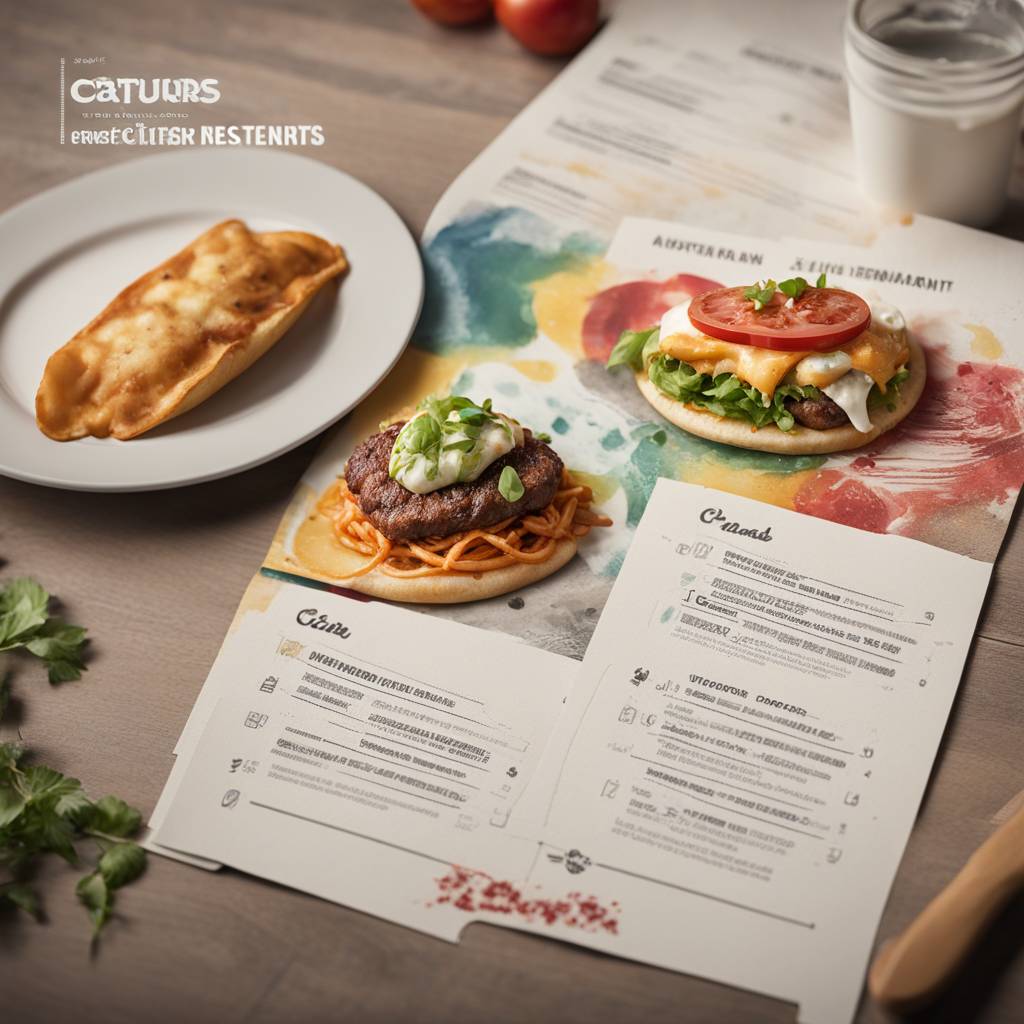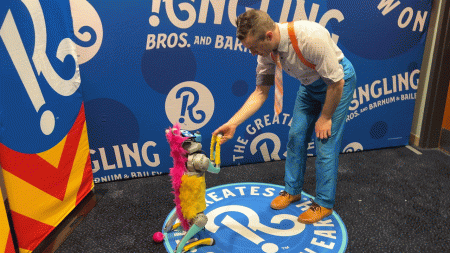The fast-casual and fast-food restaurant industry requires a delicate balance between convenience, price, and quality when designing menus. To stand out in this competitive segment, a quick service restaurant must offer innovative dishes that tap into consumer trends. However, creating a menu that appeals to a broad audience while staying true to the brand can be challenging. Menu engineering requires strategic planning to avoid alienating loyal customers, overspending, or operational issues.
Creating a menu that resonates with consumers and keeps them coming back for more is a blend of art and science. By combining classic favorites with new flavors and incorporating local and seasonal ingredients, restaurants can maximize their impact on diners. Predicting and anticipating customers’ cravings before they even know they exist is essential in developing a successful menu that reflects the brand’s flavors and sparks curiosity among consumers.
Seasoned restaurateurs and franchisors offer valuable insights into menu engineering, shedding light on the process of achieving success with fast-casual menus. Aaron Noveshen, Founder and CEO of Starbird, a chef-driven, fast-casual brand known for its “made from Scratch” menu items, shares his expertise in developing innovative, crave-able dishes that drive frequent visits. By investing time in refining and evaluating new menu items, Starbird ensures that each dish meets the high standards set by their scratch cooking approach.
Innovating and creating new menu items to attract consumers to super premium fast food involves a rigorous process of research, inspiration, and refinement. Starbird’s team goes on food safaris to draw inspiration from innovative chef-driven restaurant brands and carefully refines recipes before launching them. Scratch cooking plays a crucial role in shaping Starbird’s menu, as it allows the brand to creatively incorporate flavors that consumers crave using high-quality ingredients. By making everything from scratch daily, including sauces, dressings, and fresh vegetables, Starbird sets itself apart from traditional quick-service restaurants.
Integrating technology into menu design enhances the customer experience and showcases innovation. Starbird leverages technology to streamline the ordering process through mobile apps and touch-screen kiosks. Descriptive menu items featuring images are designed to influence consumer selections, leading to higher average checks and improved margins. Gathering feedback from customers through surveys, social media, and in-person interactions helps refine and enhance the menu over time, ensuring that the brand stays responsive to consumer preferences and trends.
As fast-casual and fast-food menus continue to evolve, staying focused on what the brand is known for and delivering a craveable, simple menu remains crucial. Analyzing data to make informed decisions on menu items and constantly reviewing product and sales information helps restaurants adapt to changing consumer tastes. Looking ahead, the future of fast-casual dining lies in agility in menu design, an unwavering commitment to quality, and responsiveness to customer feedback. Fast-casual and QSR menus are expected to adapt to consumers’ demands for higher-quality ingredients, innovative offerings, and elevated guest experiences in the coming years.















